By Kirk Freeman
When the American Civil War erupted in 1861 Iowa soldiers were equipped with old converted smoothbore flintlock muskets. The bayonets were so old and rusted that the local newspapers complained the soldiers could not get them to shine at all. Many of the early Iowa regiments were not being issued weapons, gear, or even ammunition until well after their camp training and their later arrival at St. Louis, Mo . The problem was so bad that Col. Samuel Curtis (later gaining fame as the victor at Pea Ridge, Ark.) left for Washington, D. C., to personally secure 2,000 arms and other necessary equipment for the Iowan troops.
An example of the equipment problems stands out in the list of weapons received from the government in 1862. These were 1,000 .58 caliber Austrian rifles, 2,700 .54 caliber Austrian rifles, 5,900 .72 caliber Prussian rifled muskets, 900 .69 caliber Prussian rifled musket (all four noted for their ability to constantly miss-fire and kick like a mule when they did work), 600 .69 caliber Springfield muskets, 1,000 .71 caliber Garibaldi rifled muskets, 1,200 .58 caliber French rifles, and finally, 10,000 highly prized .58 caliber Enfield rifles, plus 1,200 Colt revolvers and 1,200 sabers.
A Far Cry From “Standard Issue”
It was not uncommon for regiments to have several different weapon types scattered around the individual companies, causing a large problem with supplies of ordnance. Supposedly some regiments actually equipped themselves with captured muskets from the Confederates, many of whom were found to be better equipped than most of the Iowa Federals. Fortunately for Lawler’s Brigade at Big Black River, the 21st, 22nd, and 23rd Iowa were equipped with the reliable Enfield rifle, which was easier to maintain than most others, and only very rarely misfired.
Shoes were a problem for Iowa troops throughout the war. Some of the early regiments left Iowa for war without being issued any footwear, others were given shoes that literally fell apart after one day of wear. Throughout the war it was not uncommon for the enlisted men to be spotted wrapping leather or burlap around their feet for protection, or many others just marching barefoot. A letter written in 1865 from Lt. Col. James C. Parrott of the 7th Iowa Infantry to his wife describes how, during the March to the Sea Campaign, he noticed during his inspection of the regiment that 24 to 30 men were barefoot during the march, and explained with pride that these men never complained about this condition even though it was January.
White Cotton Pants; Hand-Sewn Uniforms
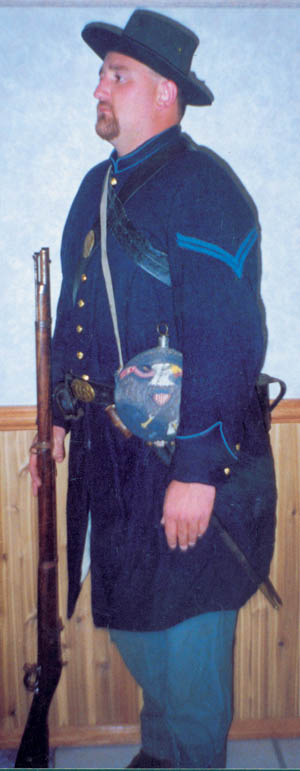 Uniforms were another problem. Iowa soldiers in the first months of the war wore homemade uniforms because no government regulation ones had arrived by the time they marched off. The famed 1st Iowa left for Missouri with each company wearing a different “uniform” from the others. Company “E” marched off wearing white cotton pants that fell apart within the first few miles and a long gray flannel shirt with a broad red band of cloth the local women had sewn across the chest. One soldier caustically noted that this red ribbon, although appreciative of the fashionable efforts of the women, also made an excellent target.
Uniforms were another problem. Iowa soldiers in the first months of the war wore homemade uniforms because no government regulation ones had arrived by the time they marched off. The famed 1st Iowa left for Missouri with each company wearing a different “uniform” from the others. Company “E” marched off wearing white cotton pants that fell apart within the first few miles and a long gray flannel shirt with a broad red band of cloth the local women had sewn across the chest. One soldier caustically noted that this red ribbon, although appreciative of the fashionable efforts of the women, also made an excellent target.
For the later regiments, the uniform was usually issued from the St. Louis arsenal, during their training or immediately after.
These uniforms were distributed widely in the Trans-Mississippi west and had the distinction of being almost entirely machine sewn, the sewing machine being invented about 20 years before. This differed from other arsenals in the North where uniforms were a combination of either machine, or hand sewing, or both. Yet, even with these newer, mass-produced uniforms the hard traveled Iowa soldiers wore out their clothes rapidly.
“A Cross Between Regulation Blue and a Southern Gray”
During the drive on Atlanta and into the Carolinas, commanders noted that some of the men gathered clothes from plantations, because their uniforms disintegrated. Even during the Grand Review in Washington, the men of the Army of the Potomac were appalled at the condition of the clothes of their western brethren. One wrote later that the Army of Tennessee’s uniform was, “a cross between Regulation blue and a Southern gray.” Sherman also noticed this and ordered that new uniforms and accouterments be distributed to the men before their review.
New uniforms did little to help the “can do” appearance of Sherman’s troops, though, because when they stepped off down Pennsylvania Avenue the day of their review an observer noted, ” they march like their [sic] lords of the world.”
Poorly equipped in weapons, clothing, ammunition and other supplies, the Iowa men had marched and fought successfully across the breadth of the Confederacy. Thus it was fitting when, on the day of their review in Washington, some in the Iowa regiments of Sherman’s army would write that their rough, individualist appearance and attitude helped make the day one of the proudest day of their lives.
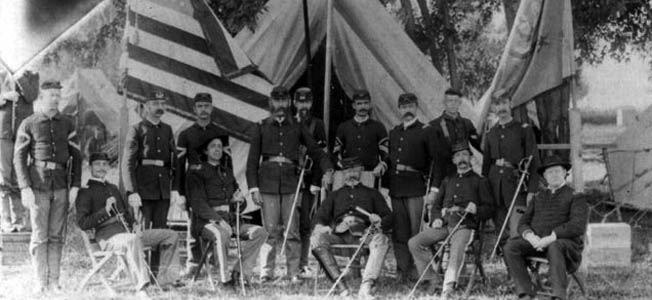
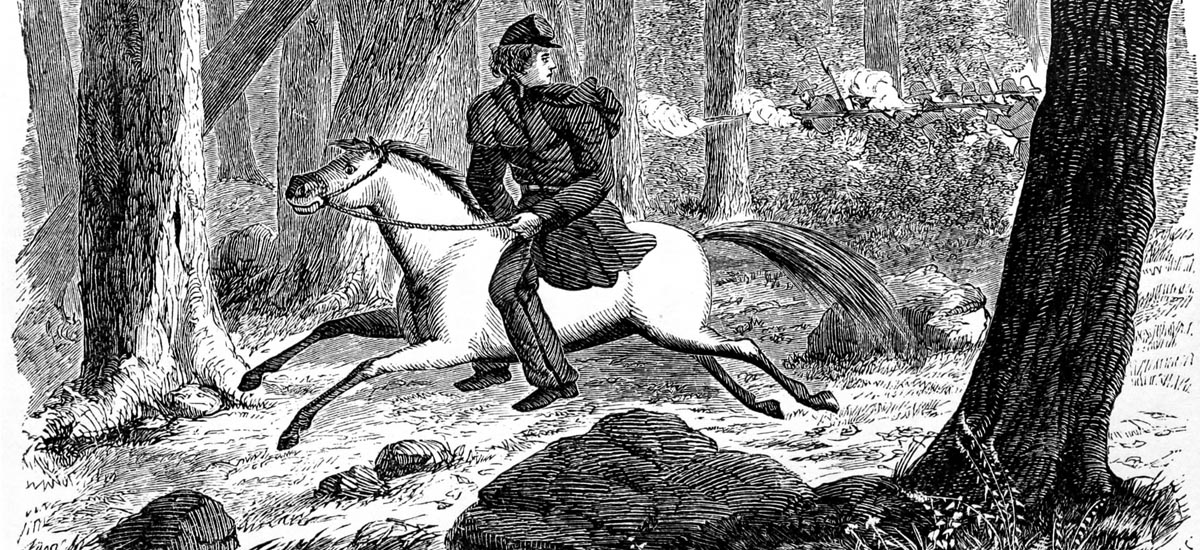
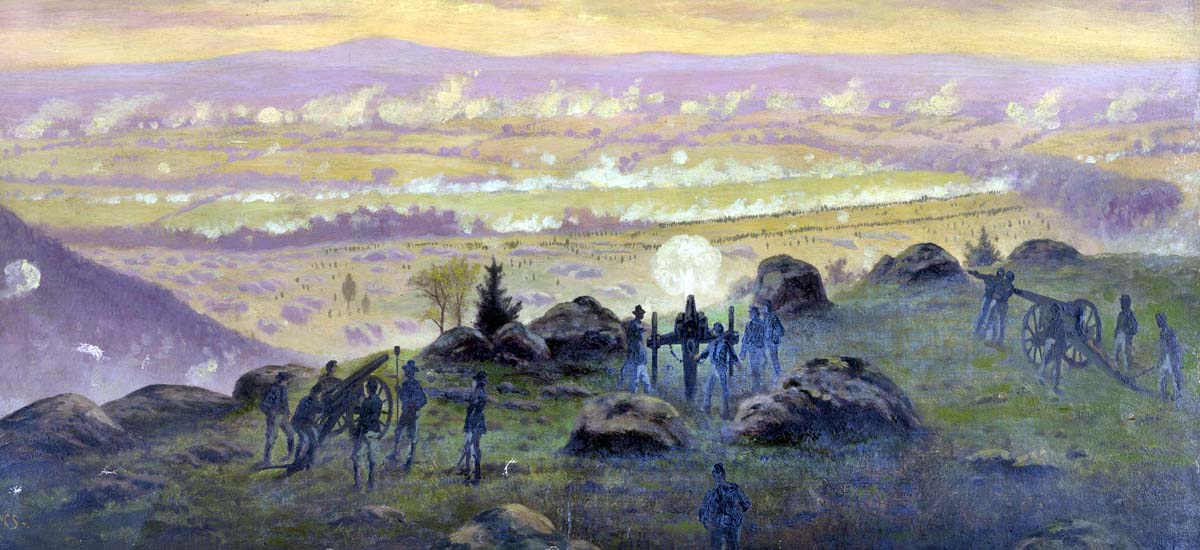
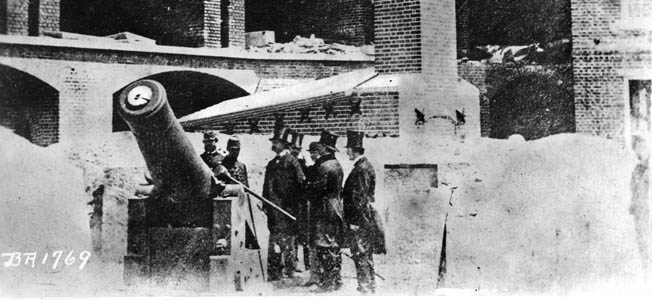
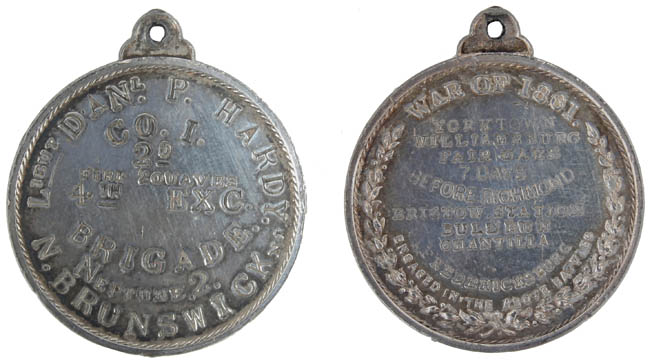
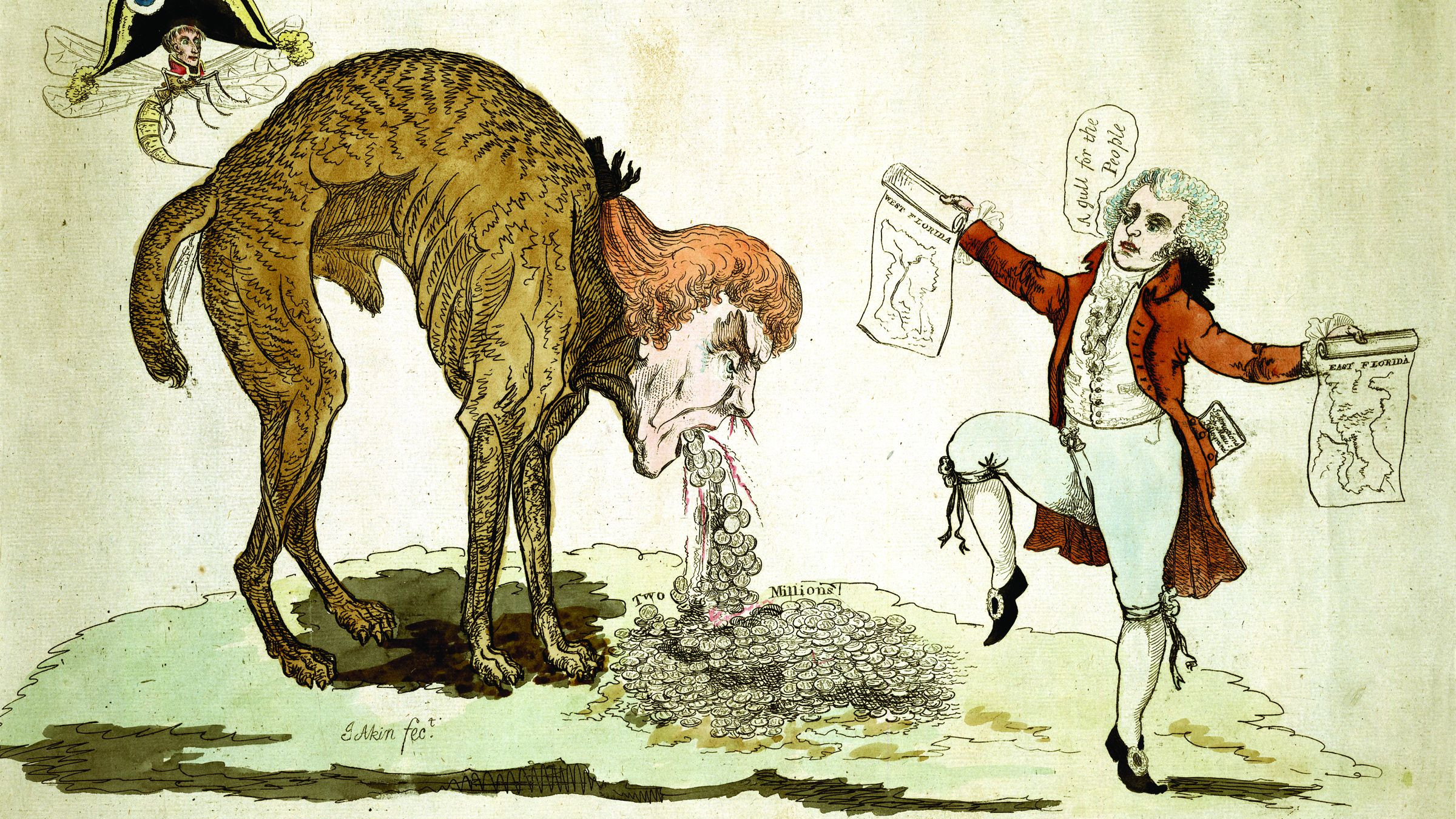
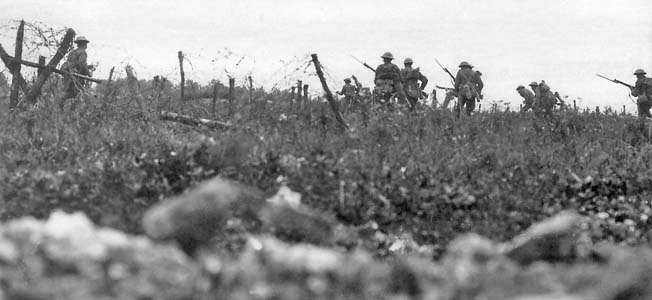

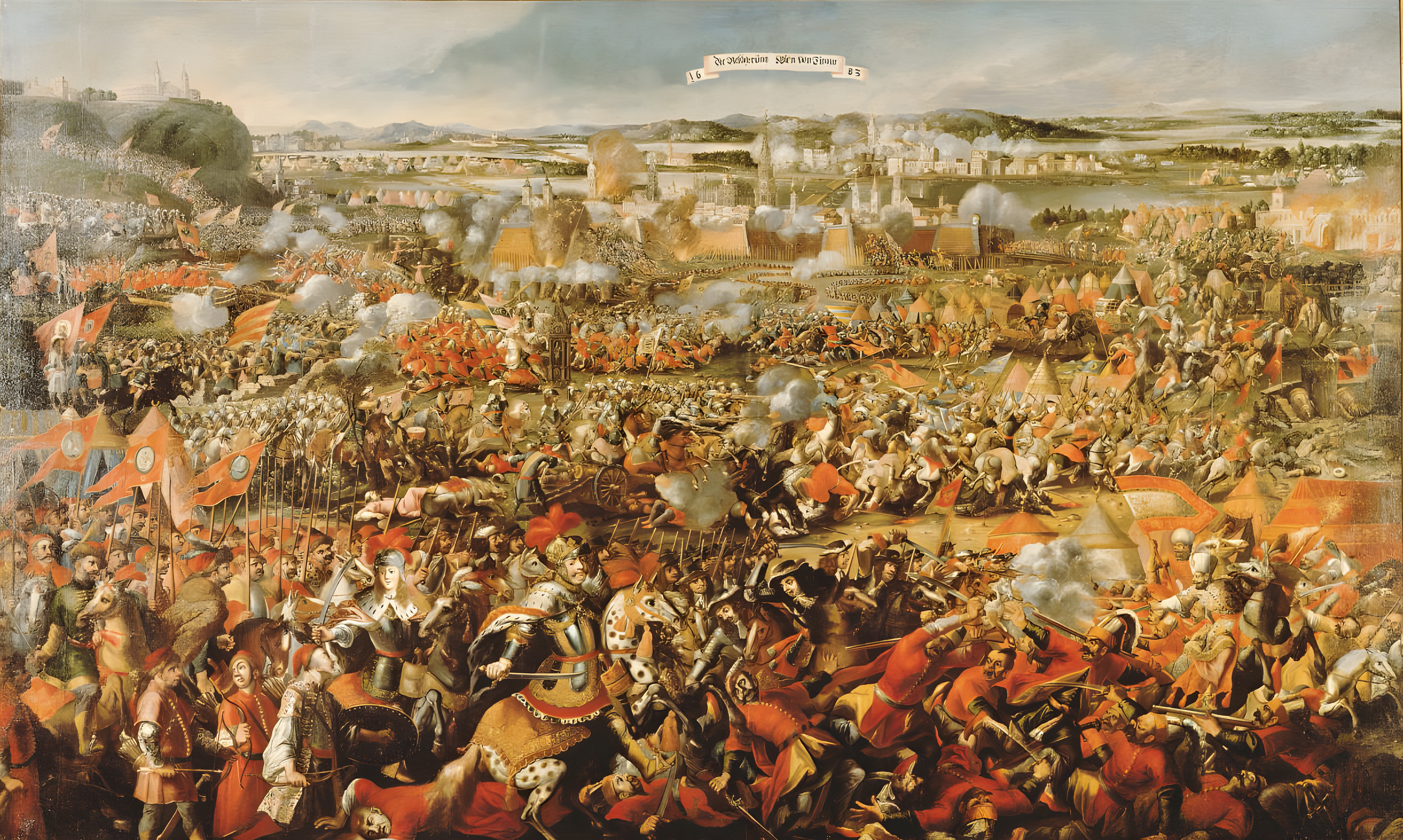
Join The Conversation
Comments
View All Comments